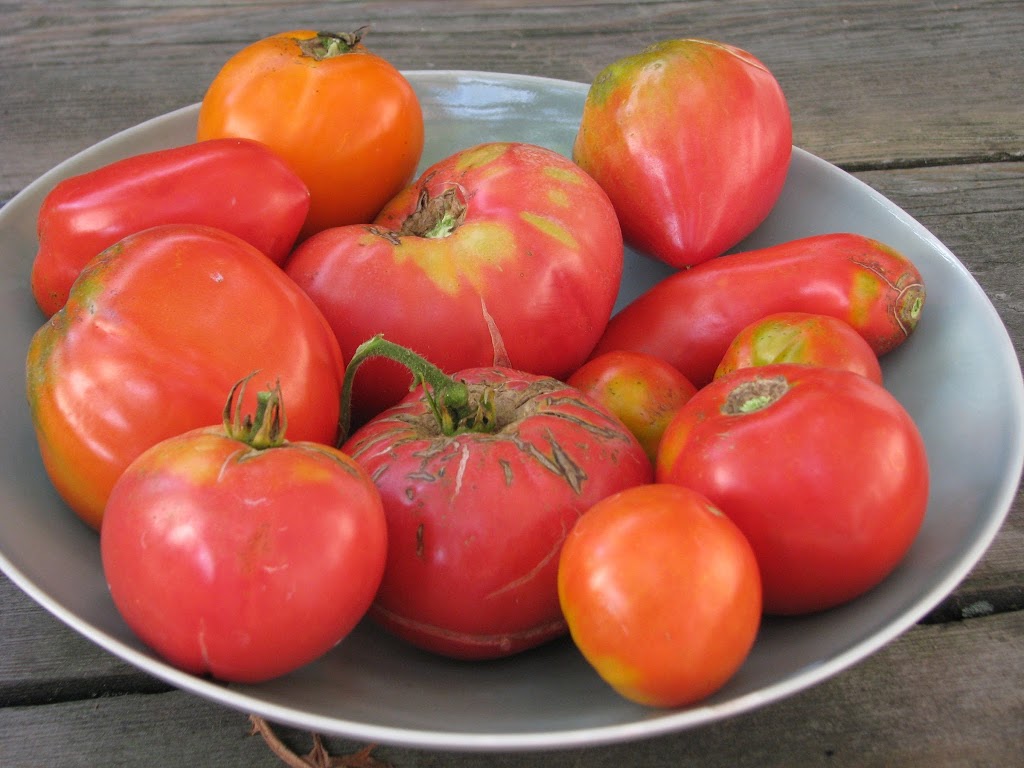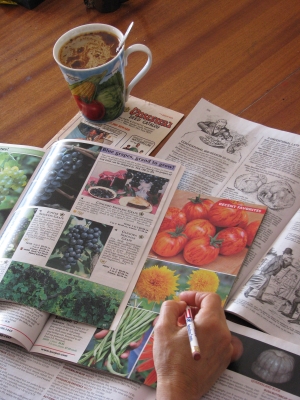PRUNING HYDRANGEA
Get hip. Hydrangeas are all the rage these days. If you do have a plant or plants, you may have to prune them. But hydrangea isn’t just one kind of plants; a number of species are popular. Before you approach your hydrangea or hydrangeas, pruning shears in hand, you’ve got to know what species you are growing. They differ in their pruning needs.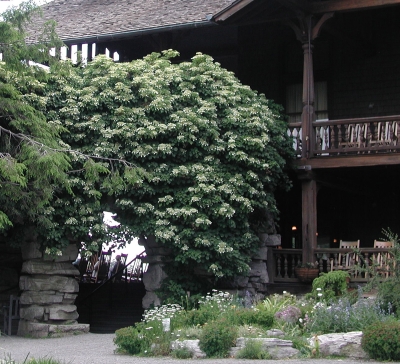
Adapting the text from my book, The Pruning Book, I’m going to give you a (figurative) hand by explaining how to identify each commonly grown species, and then guiding your hand holding the shears.
You’re Probably Growing…
If you grow just one hydrangea, I’ll bet that it’s Bigleaf Hydrangea (Hydrangea macrophylla). This species is most recognizable for sporting electric blue or lively pink flower heads, blue when the soil pH is below 5.5 and pink when the pH is above 6.5. Read more

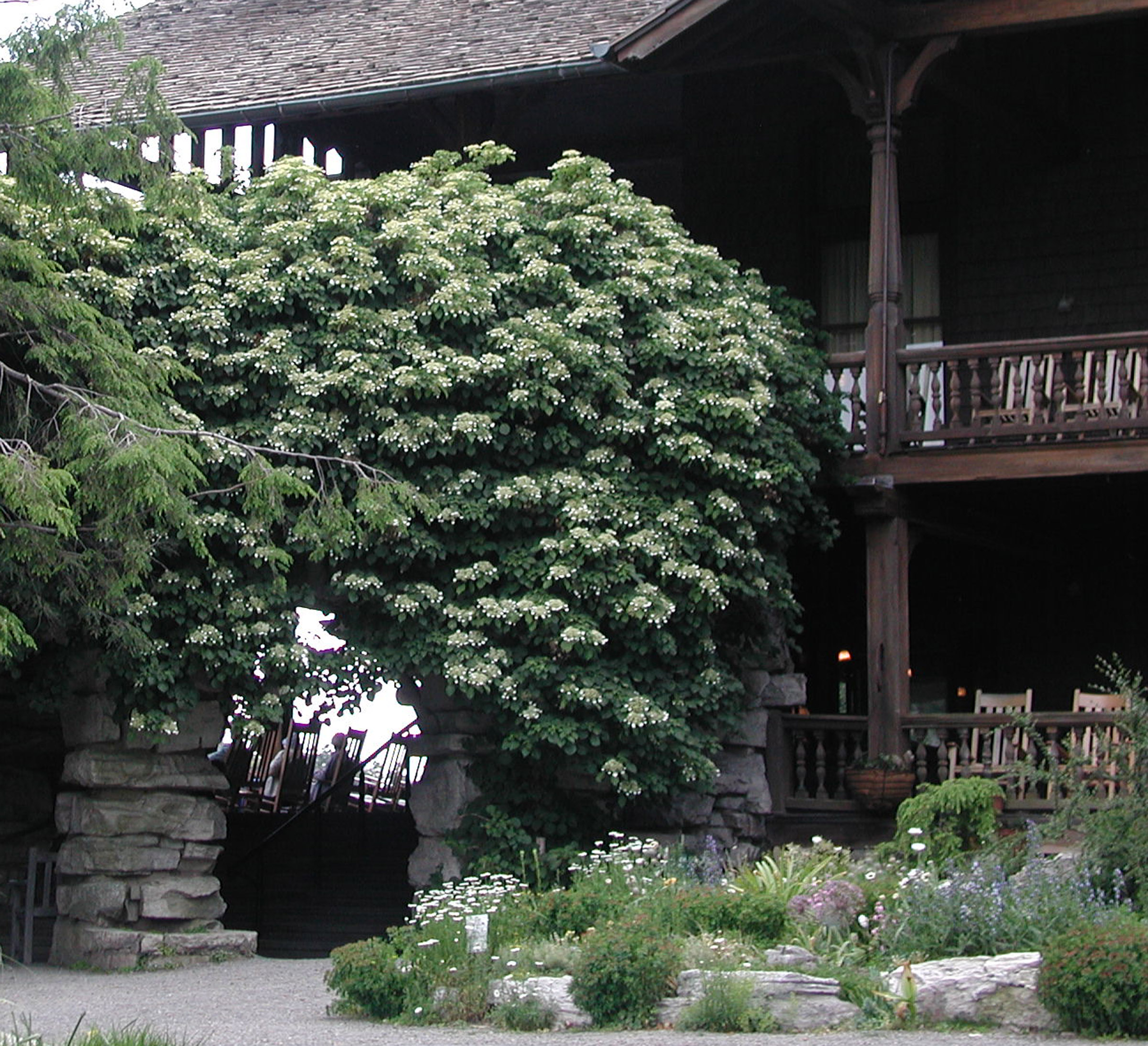
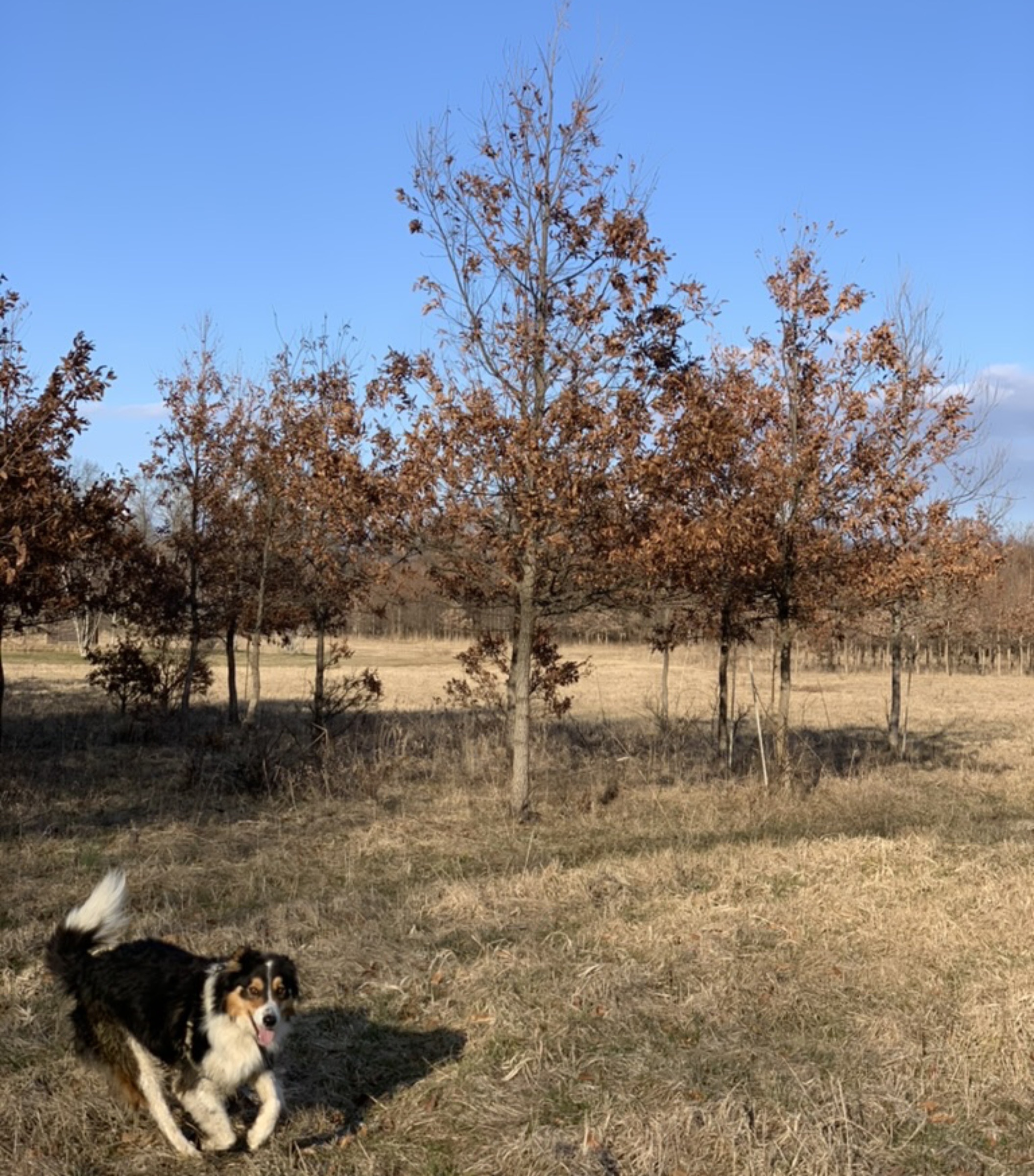
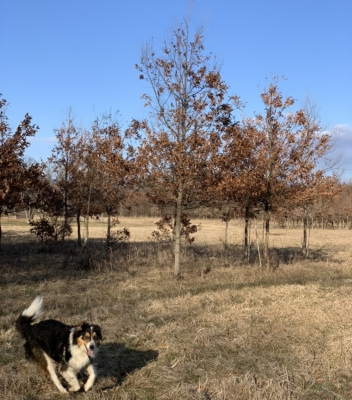
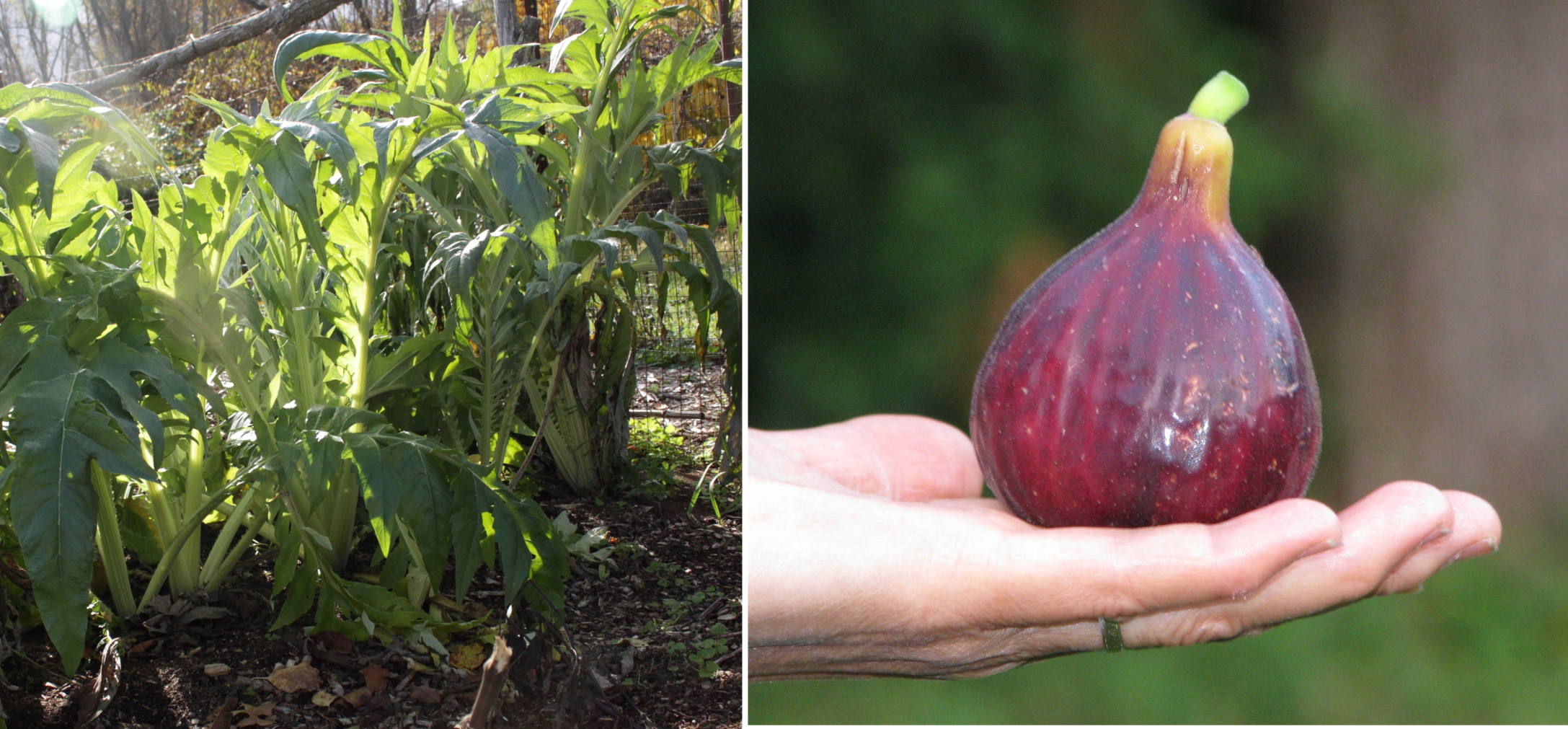
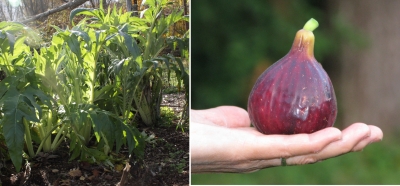
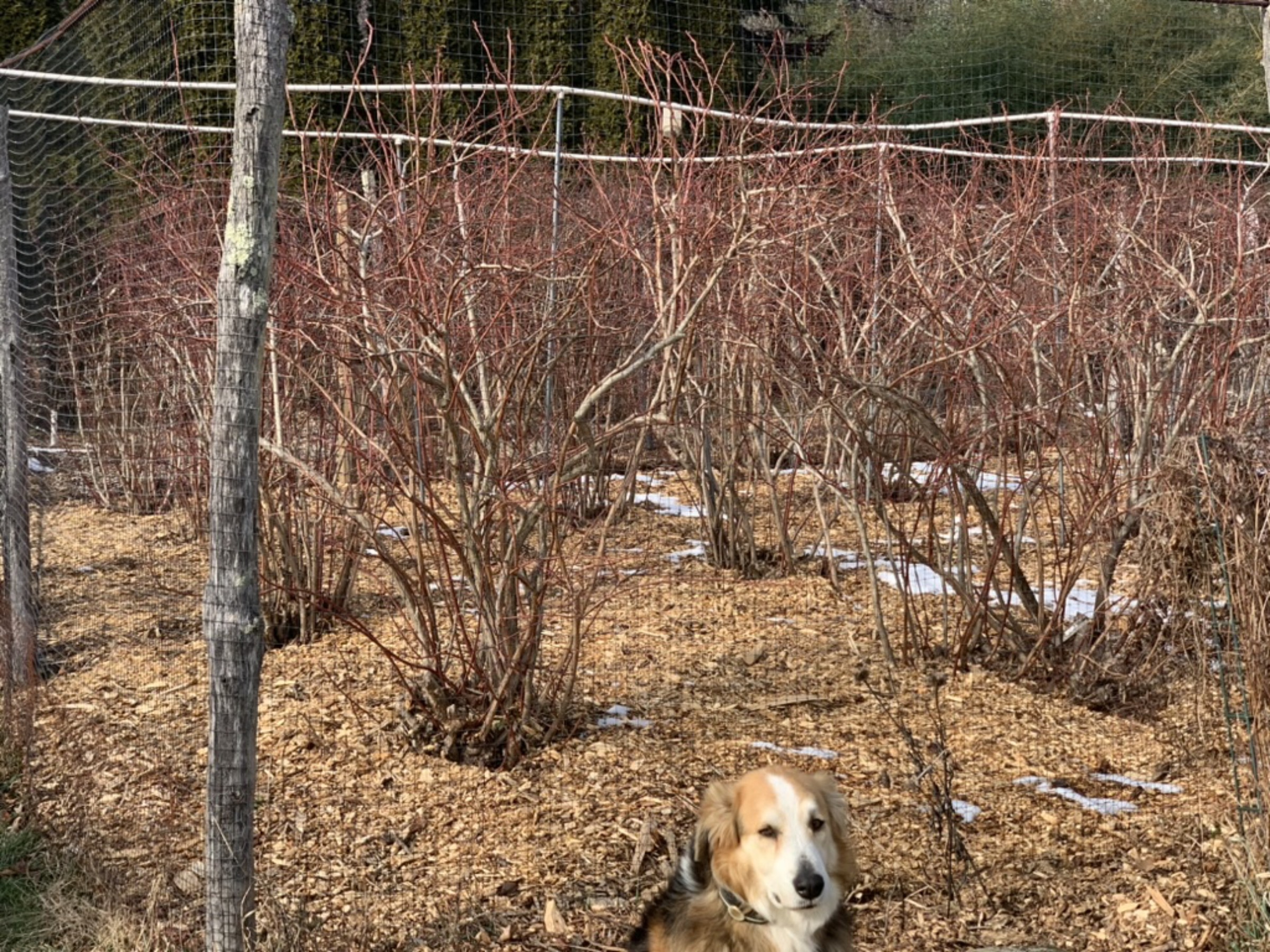
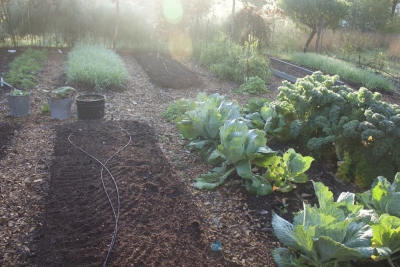
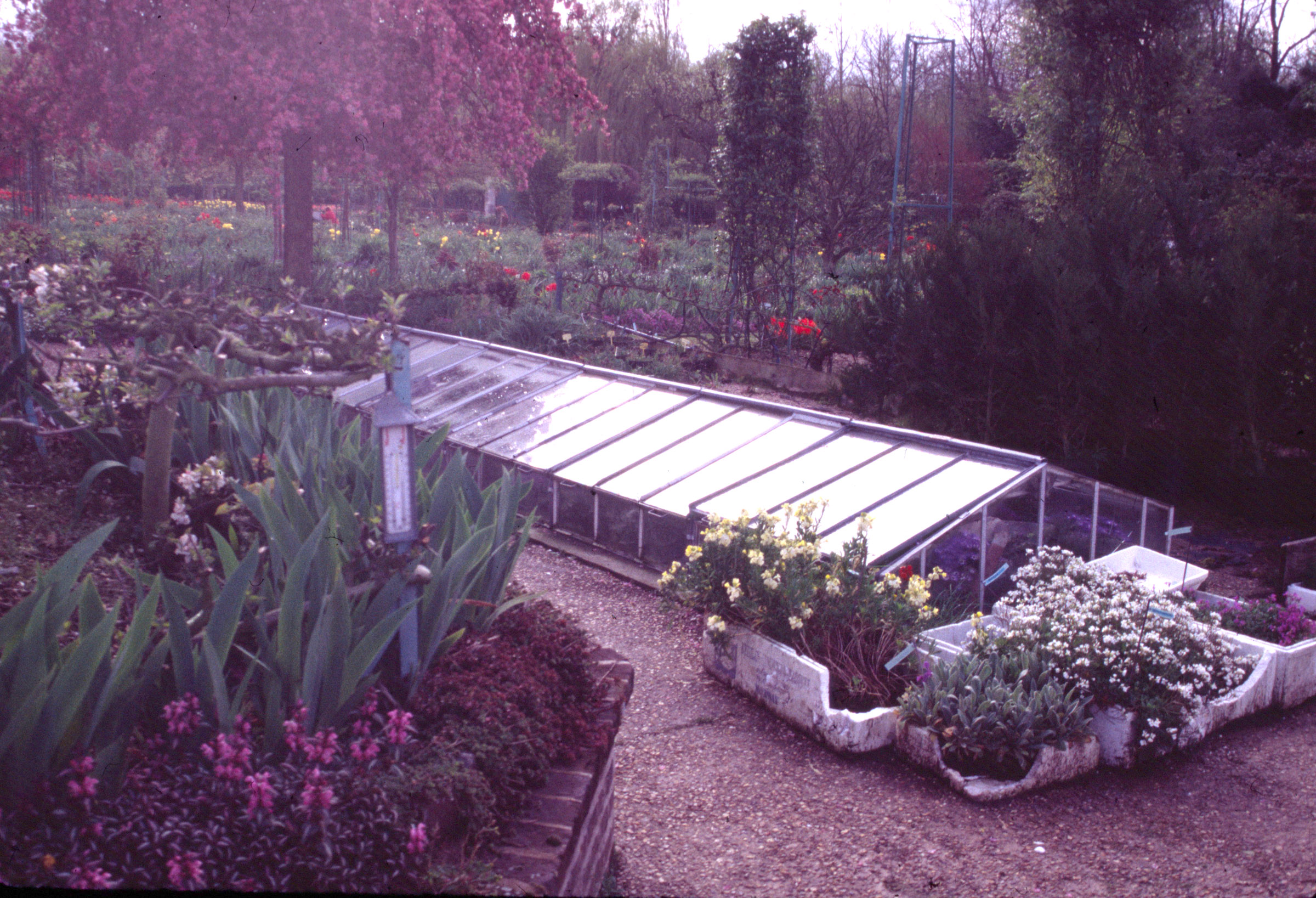
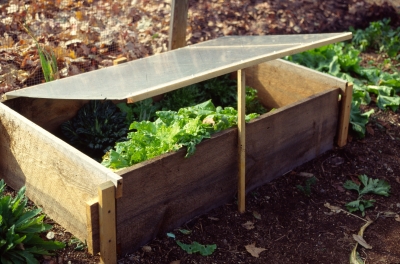
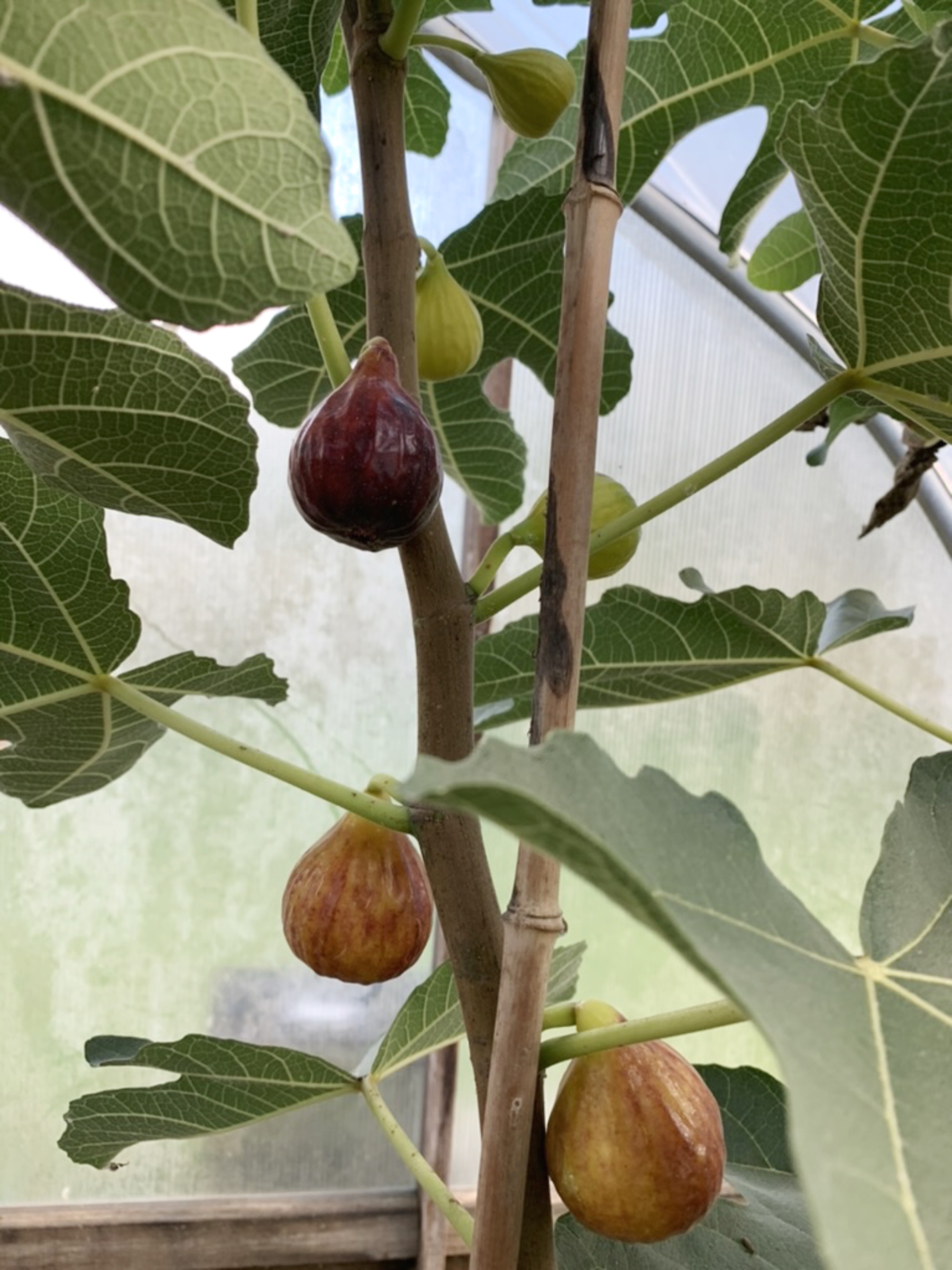
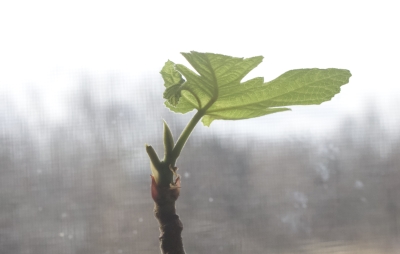
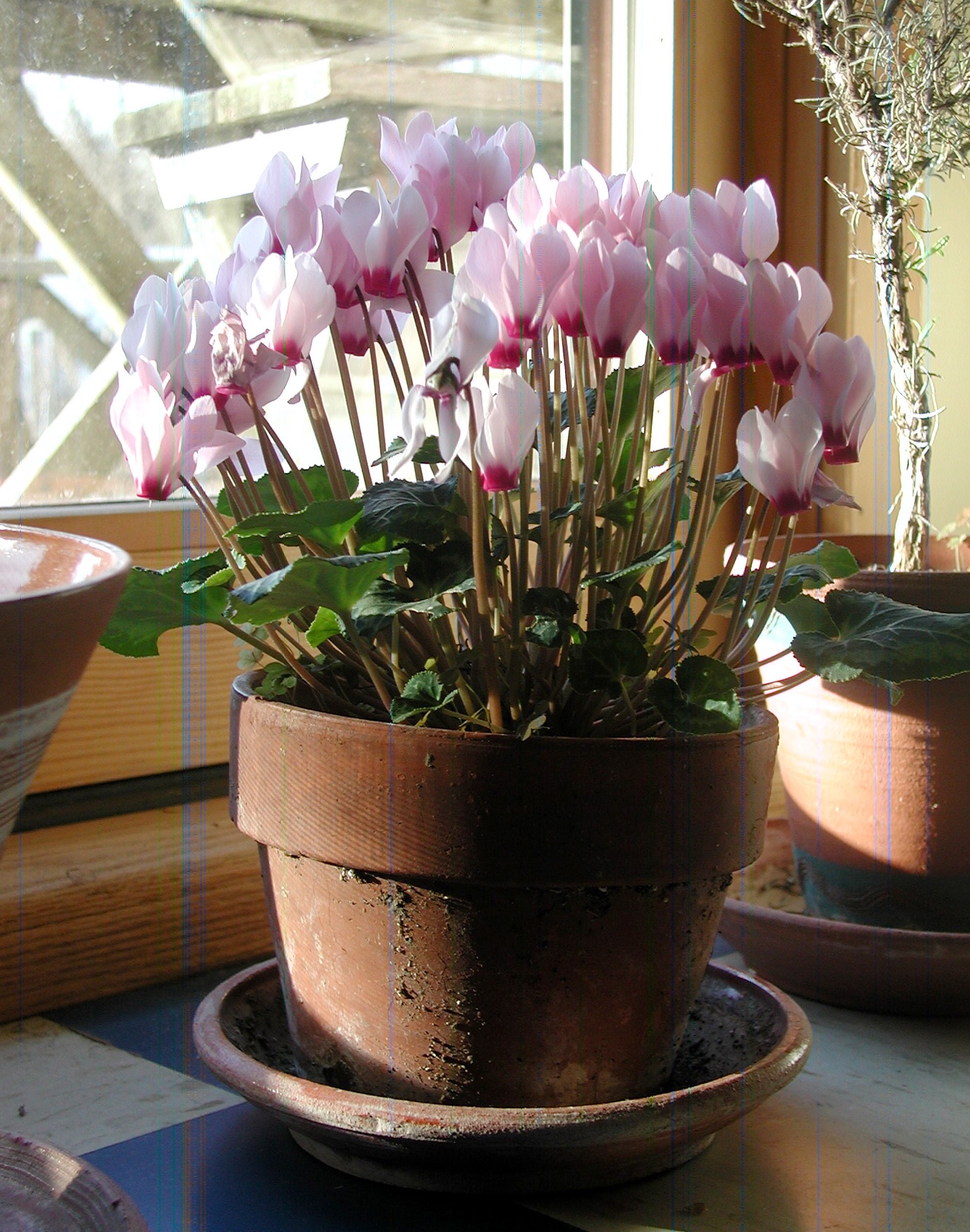
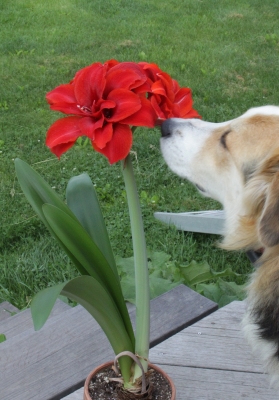
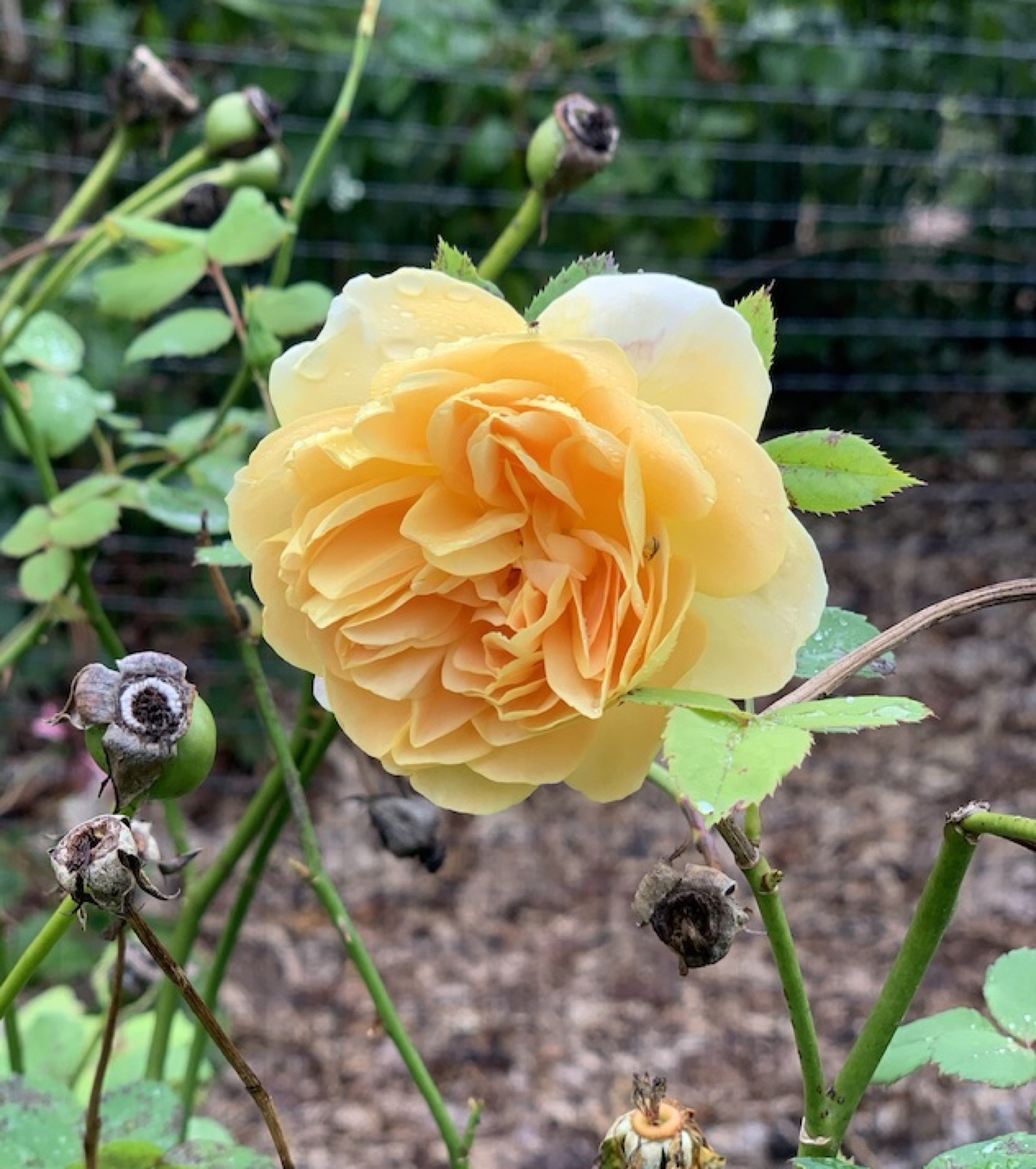
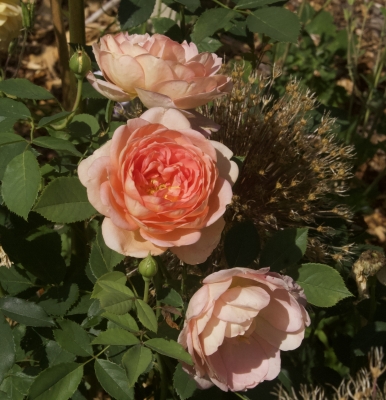
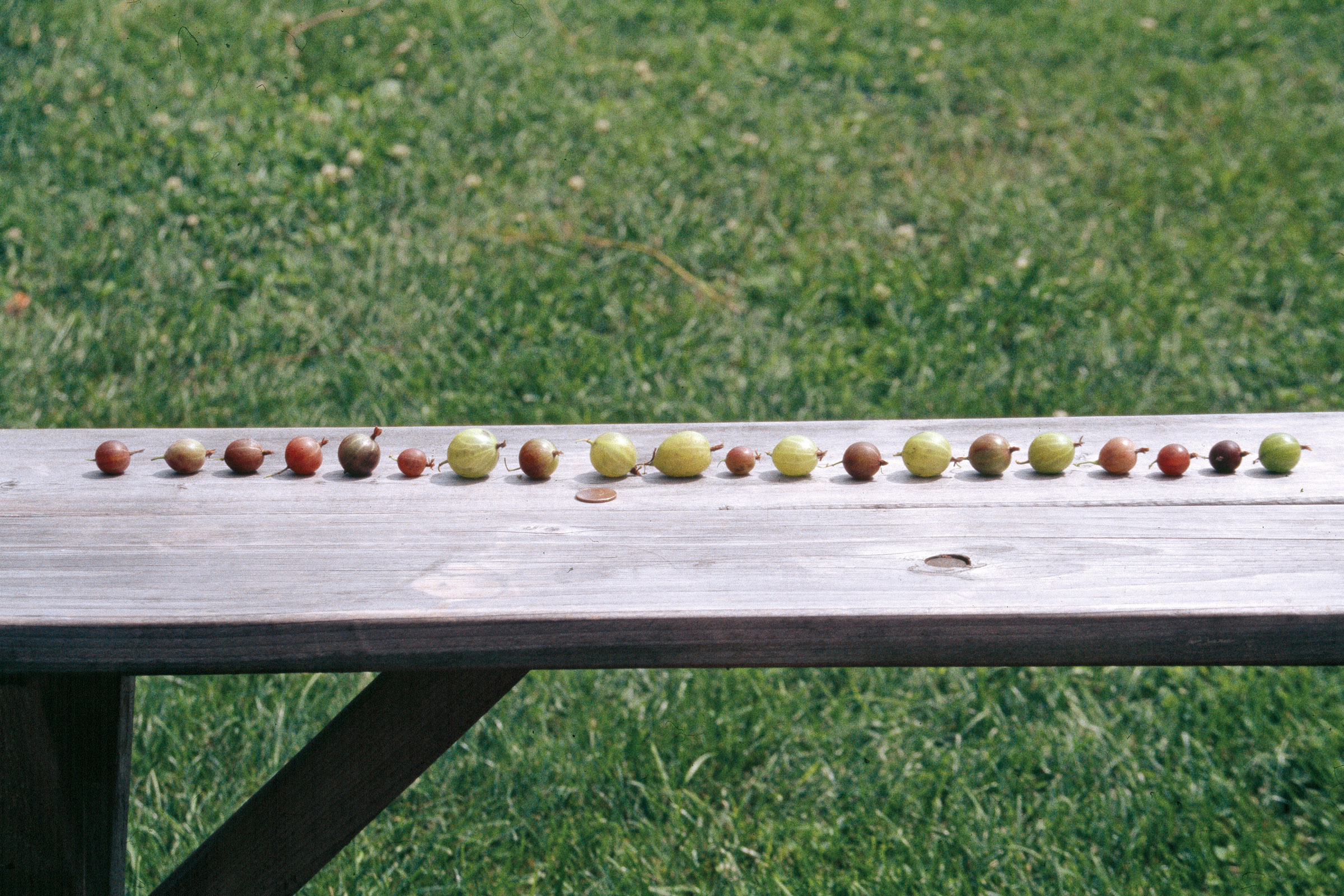
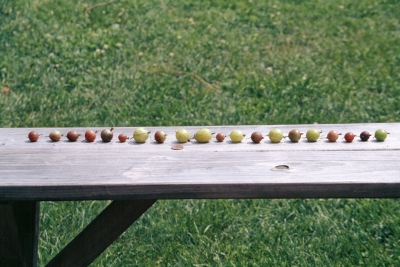 Those winning berries were the handiwork of amateur breeders and some rather esoteric horticulture. Suckling a promising berry, for example, whereby a saucer of water was perched beneath an individual berry throughout its growth, just high enough to wet only its calyx (far end).
Those winning berries were the handiwork of amateur breeders and some rather esoteric horticulture. Suckling a promising berry, for example, whereby a saucer of water was perched beneath an individual berry throughout its growth, just high enough to wet only its calyx (far end).